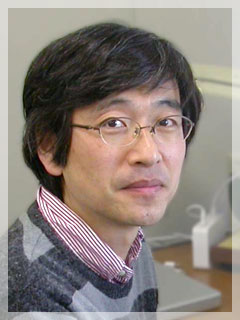|
The Universe is full of unknown active phenomena that we know little about. Specifically, heavenly bodies with huge gravity such as black holes, and the largest heavenly bodies known as clusters of galaxies, cause various high energy phenomena and provide energy and matter in the void of space. Clusters of galaxies consist of hundreds of galaxies in a radius of about a million light years, which is also filled high temperature gases reaching several thousand degrees. They are also made up of dark matter. These heavenly bodies play an important role in the structure formation of the Universe. (see for example: Achievements from ASCA (in Japanese)) Japan has launched five X-ray astronomy satellites since the launch of Hakucho (CORSA-B) in 1979, and has established important achievements in to resolving high energy phenomena in the Universe. (see for example: JAXA's interview with Dr. Hawking about the contributions of Japanese X-ray astronomy satellites to understand black holes.) The Suzaku (ASTRO-EII) was developed as the fifth satellite succeeding the ASCA (ASTRO-D) through the cooperative efforts of researchers from 21 universities and institutes across Japan and three research institutes from the U.S. These researchers are now operating the Suzaku and processing its data. Researchers from Europe also joined us to help decide the research plans. Test observations over 6 months following its launch have proven that the Suzaku has the highest sensitivity ever to a wide range of X-ray energy (wavelengths). From these test observations, we have achieved various scientific results like evidence of past explosion phenomena at the center of our galaxy and nearby galaxies, evidence of space-time distortions at very vicinities of black holes and even X-ray emissions from the magnetosphere of the Earth. (Reference: Observation results from the X-ray astronomy satellite Suzaku. ) |

Project managerKazuhisa Mitsuda |
|---|
From April 2006, the Suzaku started observations by the guest observer program, in which observation targets are selected by peer reviews of proposals submitted by researchers from all over the world. In the previous three opportunities, we have accepted proposals from Japan, the U.S., European and Asian countries, and the total observation time of the proposals was four times longer than the all available observation time.
This shows the high attention international researchers are paying to the Suzaku. After a certain period of time following observations (basically 1 year), the data will be released to the public so that everybody can analyze. Data from the test observations were released to the public on May 28, 2007, and data observed through guest observer program will be made public at appropriate time.
Please watch for upcoming scientific results from the Suzaku, including the huge black holes 10 billion light years away and X-ray emissions in the solar system. For the latest results from the Suzaku, please look at the Suzaku webpage.
(June 16, 2008 Updated.)
Reference website: Suzaku webpage